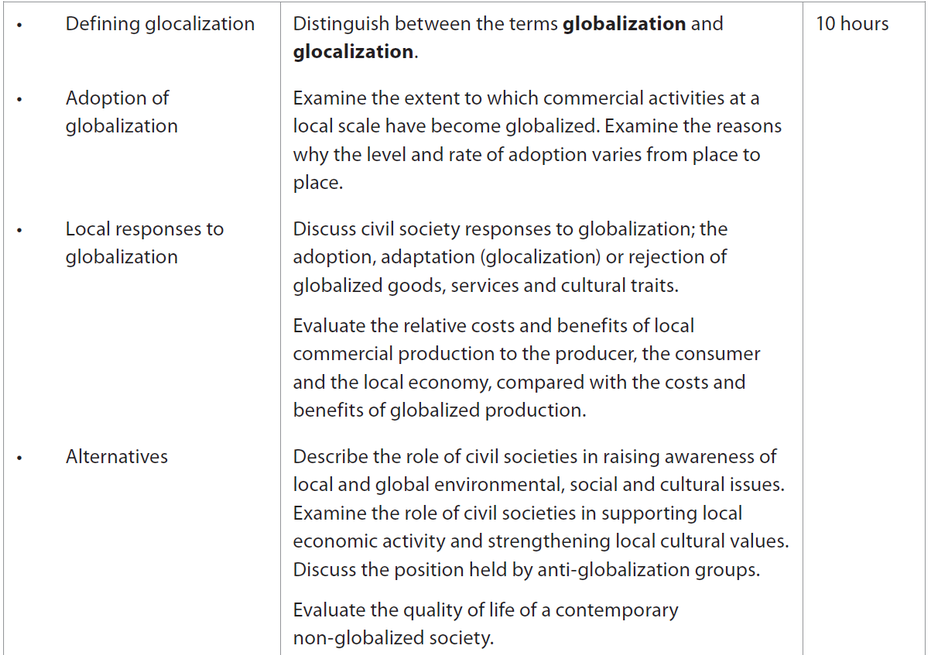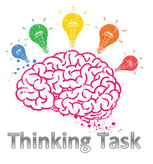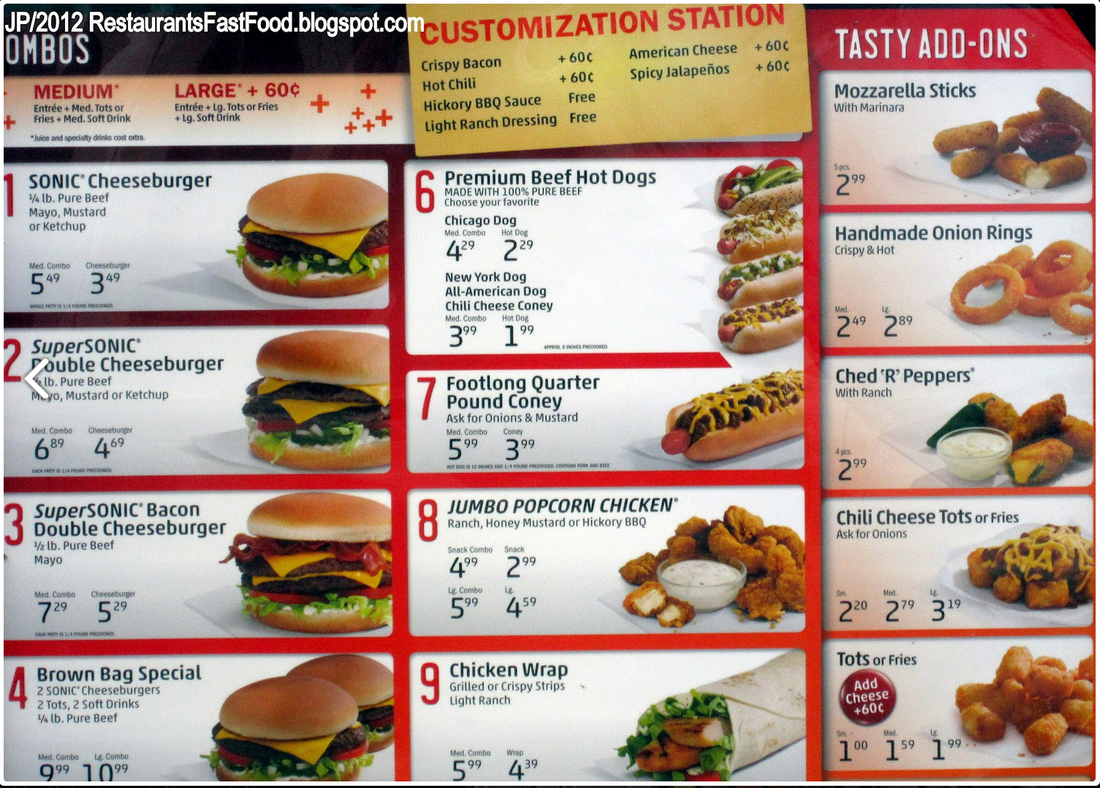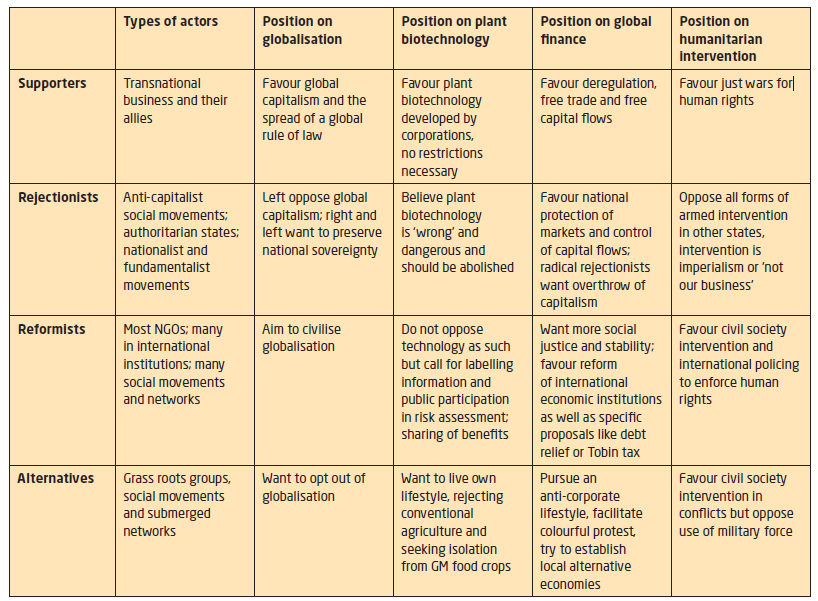Please help keep the Geographer Online a FREE resource
gLOBAL iNTERACTIONS AT THE LOCAL LEVEL
Glocalisation
Key Terms
|
|
|
Why is Glocalisation Important?
Most multi-nationals today have to take glocalisation into account when considering expanding beyond the domestic market. They have to translate advertisements or instruction manuals into different languages, have to be aware of the impact of colours or images in their adverts and on their packaging and need to take local laws and regulations into account. One way in which companies must find a way to adapt is with their online presence, meaning that companies now run websites designed for different areas or nations. This affords them the chance to introduce themselves to their markets and gives the customers the feeling that the products or services are really meant for them. |
The term ‘glocalisation’ has been applied to a variety of
circumstances: • The process of linking local, regional and global scales • Using ICT to provide local services on a global or transregional basis. Although the Internet has been a key element in the process of globalisation, its role as a localising agent cannot be ignored. More and more web applications have been glocalising their approach to meet consumer demand. Many minority languages have developed their own websites as an important part of maintaining and extending such languages in their home regions. Websites can play an important role in maintaining other aspects of culture as well. • Individuals, households and organisations maintaining interpersonal social networks combining local and global interactions. With the considerable expansion of global migration over the last 30 years, diasporas have become signifi cant in many countries. • Transnational corporations establishing local organisation structures to work more effectively with local cultures. TNCs have come to recognise that a ‘one size fi ts all’ approach has limited appeal in many markets around the world. • The customisation of global products and services to suit local laws or culture. This can have a major impact on sales due to the importance of ‘product acceptability’ in local communities. • The declaration of a city or other locality as world territory with responsibilities and rights on a global scale. More and more people at a local level now recognise that their actions can have a global impact (Figure 4). |
|
|
|
Examples of Glocalisation
Create a list of ways various firms have attempted to 'Glocalise' their product
|
USA
|
China
|
|
|
|
|
|
|
Factors influencing the Rate of adoption
|
Create a spider diagram using Coggle outlining the factors that influence the rate that an area will become globalised. Use the document below.
|
Your browser does not support viewing this document. Click here to download the document.
| adoption_of_globalisation.docx | |
| File Size: | 1201 kb |
| File Type: | docx |











